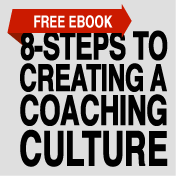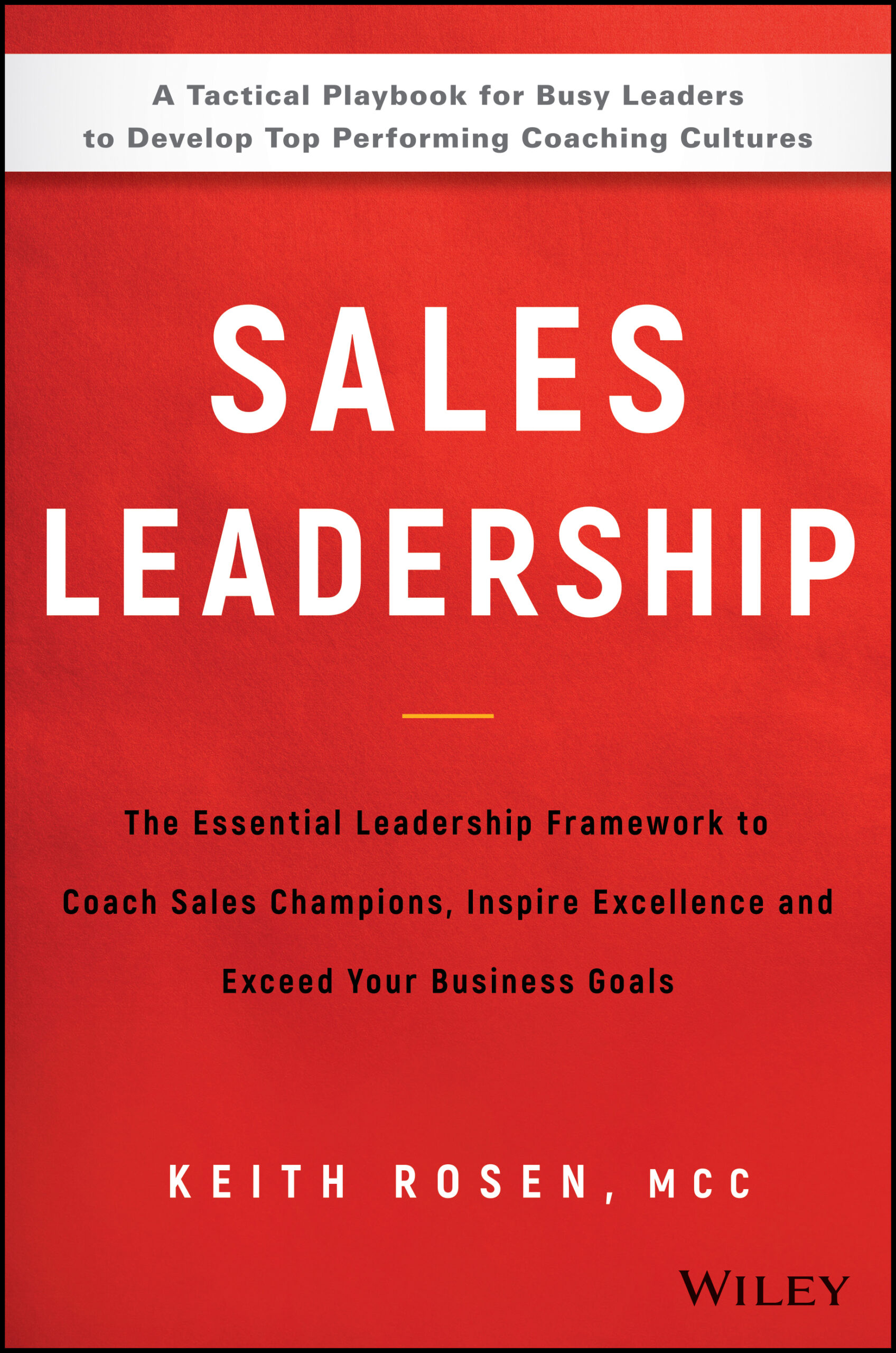Are you spending a lot of time following up with prospects to see if they have received the information you sent them? Learn why the hasty and untimely use of brochures and other marketing material can easily spoil even the best prospecting efforts.

Marty was well into his conversation with a prospect that he cold called minutes ago. The conversation was going great and the prospect was responsive up until the point where Marty was going to conduct his needs analysis to determine if there’s a fit.
The prospect then asked the fatal question, “Marty, I’m in a bit of a rush now. Can you send me a brochure or some additional information about your services?”
When Marty responded with a resound, “Yes,” he knew that he already blew this selling opportunity. Instead of scheduling another time to speak, Marty lost control of his sales process. He didn’t have a chance to conduct his needs analysis to uncover the prospect’s challenges and difficulties with their current process or service provider. He was not able to determine the advantages the prospect could realize from making a change.
Prospects Wanting More Info Isn’t Always a Good Thing
Many salespeople look at a request for more information as a good sign. However, these are the same salespeople who have a mighty long list of prospects to call back and check if they received the information that was sent.
How many times do you follow up with a prospect who you’ve sent collateral material to only to find that they haven’t gotten around to reviewing it? And if they did review what you sent them, how many times have you heard, “Thanks for the information. I’ve gotten everything I need from you at this point. If we have an interest, we will contact you in the future.” It’s no wonder the prospect responded this way. If they’ve gotten all of the information they need, then what do they need you for?
Sending out a brochure does not overcome any objection. Rather it multiplies them. Sending out collateral material this early in the game accomplishes nothing more than creating another obstacle that will limit your chance of selling them. The irony is, the act of sending out material to a prospect actually creates an objection. The very thing that you are trying to avoid the most is what you’ve succeeded in creating.
Why should a prospect call you back when he has all of the information he needs about your company and product? Why should the prospect put time aside to meet with you if he feels that he has all of the information on paper that you would share with them in person?
Beware of These 3 Traps
Here are three scenarios that would fool you into thinking that sending out collateral information is a good idea when, in fact, it is not.
1. You get through your prospecting conversation and the next step is scheduling an in-person meeting. The prospect says, “Before we schedule a meeting, is there any information you can send me that I can review?” Don’t allow yourself to fall into this trap! (You will see an example of how to respond to this request later on.)
2. You don’t get a chance to conduct your needs analysis. Do you even know what information the prospect is looking for? Do you know what their biggest headache is or what their specific goals are? Do you know how you can tie in your product with something timely that’s going on with your prospect? No you do not. If you didn’t have a chance to conduct a needs analysis, then how do you know what information to send them?
3. The prospect clearly stated that they have no interest and never will. If this is still the case even after you’ve conducted your needs analysis, then why would you still take the time to pack up and send information to that prospect if they don’t have a current need for your product and never will? This is a pitiful attempt to stimulate any interest and is nothing more than an exercise in futility. Thinking that a package of information is going to overcome an objection is a false hope and a pipedream. This action can also be classified as a diversionary tactic.
After all, if you are sending out information every time you hear an objection hoping that it stimulates some level of interest, you will never actually have to handle and respond to an objection head on. For the most part, collateral material doesn’t sell and overcome objections; salespeople do.
Collateral information is so widely misused that it acts as a crutch for many salespeople who are using it to compensate for their failure to develop their selling skills.
Offer Yourself as a Brochure
The next time you find yourself in a situation where you can take the easy way out by sending literature in the mail, remember Marty. Situations where the salesperson is the one who actually destroys a selling opportunity are totally preventable. Instead of digging your own grave, try this approach the next time you get a request for more information or have the urge to send out your marketing material.
You: “Mr. Prospect, I appreciate your interest in learning more about our product. To ensure that I send you the appropriate material, what information would you like to see that is most important to you when making a purchasing decision?”
Prospect: “Well, I’d like to learn a little more about your company and exactly what features your product offers that the product I’m currently using does not offer.”
You: “Great! Thanks for letting me know. Based on what you are looking for, the last thing I want to do is put another task on your plate that you have to complete, such as reviewing the information I send you. I know how valuable your time is. My goal is to make your life easier, not more difficult. That’s why I’m a bit hesitant to send you something that may do you more of a disservice without learning more about you and your current situation, goals and experience with the product that you are currently using.
Based on what you’ve shared with me, the best brochure I can send you is me! Being an interactive, walking-talking brochure, I can ensure you that all of your questions and concerns are addressed. Since you were planning on putting some time aside to read the information I send you, let’s schedule a brief meeting instead. This way, if you still have a need for additional information, I would be happy to tailor it around your specific needs and objectives, okay?”
Exceptions to the Rule
Like every rule, this one also has its exceptions. Here are a few guidelines that will help you determine when it is appropriate to send out your collateral material.
1. The type of material you send to a prospect is generic. For example, if your material does nothing more than open up additional questions about your product or company that only you can answer, it should be okay to send it. Otherwise, it’s really a judgment call on your part. I would suggest keeping track of those prospects who you’ve sent collateral material and in turn, actually sold them something.
2. They don’t have a need now but they may have a need in the future. If they plan on making a purchase at some point but refuse a meeting with you even after every attempt to schedule one, you can put them on your list of prospects to call back in the future. Your collateral material can then become a great tool to keep your name in front of them up until the point where they are ready to revisit your initial conversation, meet with you, or make a purchase.
3. The prospect needs certain information that is necessary to review prior to taking the next step, such as scheduling a meeting.
These are just a few situations that would justify sending out additional material. Otherwise, keep your materials at bay.
The use of collateral material can be justified and worthwhile in many instances. It can be a great complement to your selling efforts. However, in most industries and professions, collateral material is not meant to take the place of a well trained, professional salesperson and their ability to provide the guidance, support and service that a prospect needs to ultimately make a buying decision.
Once you develop and adhere to a prospecting and selling system that’s aligned with your strengths, selling philosophy, product, and service, you will soon discover that the most effective collateral material you can send to a prospect is you.
Photo Credit: Sudhamshu



